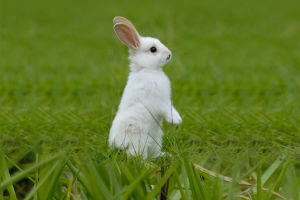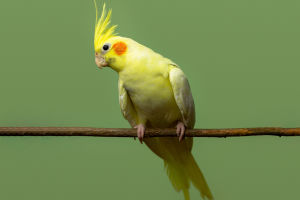The red panda, scientifically known as Ailurus, is a captivating creature that stands out among the many species found in the wild. Despite its name, it is not closely related to the giant panda.
Instead, the red panda belongs to its own unique family, Ailuridae, which sets it apart from many other animals in the animal kingdom. Let’s delve into the world of the red panda, exploring its origins, behavior, and the importance of its conservation.
Red Panda (Ailurus fulgens) at Taronga Zoo, Sydney
video by Science with Thomas Stevenso
The Red Panda’s Origins and Appearance
The red panda’s story begins in the high-altitude forests of the Himalayas, primarily in China, Nepal, and Bhutan. These animals are small, with a body size roughly similar to a domestic cat but with a longer, sturdier frame. They are easily recognized by their beautiful reddish-brown fur and fluffy tail, which is ringed in contrasting colors. Their appearance is one of their most distinctive features, and it’s what makes them so endearing to people around the world.
Despite their small size, red pandas have remarkable agility. They are arboreal creatures, meaning they spend most of their time in the trees. Their short front limbs, which contribute to their unique side-to-side walking motion, are perfectly suited for life in the trees, enabling them to climb with ease and move through dense vegetation in search of food.
Red Panda' Diet and Behavior
The red panda is primarily herbivorous, feeding mostly on bamboo, but their diet isn’t limited to just bamboo shoots. They also consume fruits, berries, acorns, small mammals, birds, and insects, which provide them with the necessary protein to supplement their mostly plant-based diet. Their feeding behavior often occurs at dawn or dusk, as they are nocturnal animals, becoming most active during the cooler hours of the evening and night.
One of the most fascinating aspects of their behavior is how they navigate their forest homes. The red panda has a “thumb-like” extension of its wrist bone, an adaptation that helps it grip bamboo and climb trees. This unique feature allows the red panda to manipulate its food and climb with precision, even on the tallest of trees.
The Conservation Crisis: Why Red Panda Needs Our Help
Unfortunately, despite their captivating nature, red pandas are classified as endangered by the International Union for Conservation of Nature (IUCN). It is estimated that fewer than 10,000 adult red pandas remain in the wild. The major threats they face are habitat loss due to deforestation, poaching for their fur, and the fragmentation of their natural habitats. Climate change and human encroachment further exacerbate these challenges, pushing the red panda closer to the brink of extinction.
In addition to the environmental challenges, red pandas also suffer from the effects of inbreeding as their populations become more fragmented. This genetic isolation limits the diversity of their gene pool and makes them more vulnerable to diseases and other threats. Conservation efforts are crucial to preventing the extinction of this beautiful species.
A Unique Place in the Animal Kingdom
The taxonomic classification of the red panda has evolved over time. Initially, it was thought to be related to the raccoon or bear families due to its physical features and behavior. However, recent research has shown that the red panda belongs to its own distinct family, Ailuridae, which is a separate evolutionary branch. This places the red panda in a unique position within the animal kingdom, unrelated to the more famous giant panda, though they share a similar habitat in parts of the Himalayas.
The red panda’s closest relatives are weasels, raccoons, and martens, which belong to the superfamily Musteloidea. However, despite these connections, the red panda’s evolutionary history is distinctly separate, with its lineage diverging millions of years ago.
Protecting Red Panda: Steps We Can Take
As with many endangered species, there is hope for the red panda’s future if we take the necessary steps to protect it. Conservationists have focused on habitat protection, anti-poaching measures, and breeding programs to ensure the survival of the species. Several organizations are working to protect the red panda’s habitat, particularly in areas where deforestation is a significant issue. Promoting eco-tourism and supporting local communities in these regions are also vital steps toward conserving these animals.
Individuals can play a role too. Supporting organizations dedicated to red panda conservation, raising awareness about their endangered status, and making eco-conscious choices in daily life can all help in the long run. If we act now, we can help secure a future for the red panda.
Red Panda, a Species Worth Saving
The red panda, or Ailurus, is a species that deserves more attention. Its unique appearance, behavior, and evolutionary history make it one of the most fascinating animals in the world. However, the threats it faces are real, and without our efforts to protect this remarkable species, we risk losing it forever. By supporting conservation initiatives and spreading awareness about the importance of preserving this species, we can help ensure that future generations have the opportunity to marvel at the beauty of the red panda.
Let’s all do our part to protect this incredible creature and ensure that the red panda remains a symbol of nature’s wonders for years.


